Did you know that approximately 60% of all fatal work injuries involve head trauma, yet nearly half of these incidents could have been prevented with the correct safety helmets? When it comes to head protection, overlooking the proper selection or fit of safety helmets can cost far more than just dollars—it risks lives, disrupts business, and may trigger legal consequences. This article provides an essential guide for businesses and professionals to avoid the all-too-common pitfalls that lead to life-altering injuries and steep penalties. Learn how the right choices in safety helmets, hard hats, and comprehensive safety systems can save lives, reduce liability, and help you stay on the right side of regulations.
Why Choosing the Right Safety Helmets Matters for Head Protection
Proper head protection must be the primary concern in any hazardous work environment. Neglecting this critical aspect by choosing unsuitable or outdated safety helmets or hard hats can have dire outcomes. Across construction, industrial, and utility job sites, falling objects, unexpected impacts, and environmental hazards are daily risks. Your choice of industrial head protection is often the frontline defense between minor mishaps and devastating injuries—or worse, fatalities.
Compliance with current safety standards is more than just a legal requirement; it’s an ethical obligation for employers and safety managers. The latest generation of safety helmets—from full brim models to innovative Type 2 helmets—integrate features improving not just safety, but also comfort and productivity. Investing in proper head protection is a decision that demonstrates care for your team’s wellbeing and delivers significant cost savings by minimizing downtime, compensation claims, and regulatory penalties. This guide will clarify which helmet to choose, how to ensure a proper fit, and the importance of system compatibility.
Shocking Statistics on Safety Helmets and Workplace Injuries
Statistics from the Occupational Safety and Health Administration (OSHA) reveal that over 100,000 workers suffer head injuries each year in the U.S. alone. At job sites lacking proper safety helmets or using outdated hard hats, the risk of traumatic brain injuries—and related fatalities—increases exponentially. While compliance with ANSI Type I or Type II standards can reduce these incidents dramatically, too many organizations still report using hard hats past their recommended service life or helmets not designed for current safety requirements.
Recent studies show that using safety helmets with modern suspension systems and full brim designs reduces blunt force impact injuries by nearly 40%. Yet, a significant portion of industrial workers continue to use standard hard hats without realizing the additional protection offered by advanced helmet models. These statistics underscore why proactive head protection decisions are vital for both worker welfare and business sustainability.
The Real Cost of Ignoring Proper Head Protection Regulations
Ignoring the need for updated safety helmets exposes your company to much more than immediate risk. Non-compliance with OSHA or ANSI head protection regulations leads to severe fines, time-consuming inspections, and in tragic cases, litigation tied to preventable injuries.
Financial costs mount quickly—ranging from thousands in direct penalties to millions for damages and lost productivity. Employers who neglect to keep up with evolving safety standards may also face reputational loss within the industry, diminished workforce morale, and increased insurance premiums. Investing in high-quality helmets is always more cost-effective than dealing with the fallout from preventable accidents and regulatory actions.
Safety Compliance: Your Legal and Ethical Responsibility
Meeting safety standards for head protection is both a legal and ethical responsibility. Adhering to regulations set by organizations such as OSHA, ANSI, and the Canadian Standards Association (CSA) demonstrates a commitment to ensuring worker safety and mitigating occupational hazards.
The legal framework is clear: failure to provide adequate safety helmets and training can make employers liable for injuries, lost time, and employee claims. But beyond compliance, prioritizing worker safety fosters trust, improves morale, and builds a safety-first culture—a win-win for everyone on the job site.
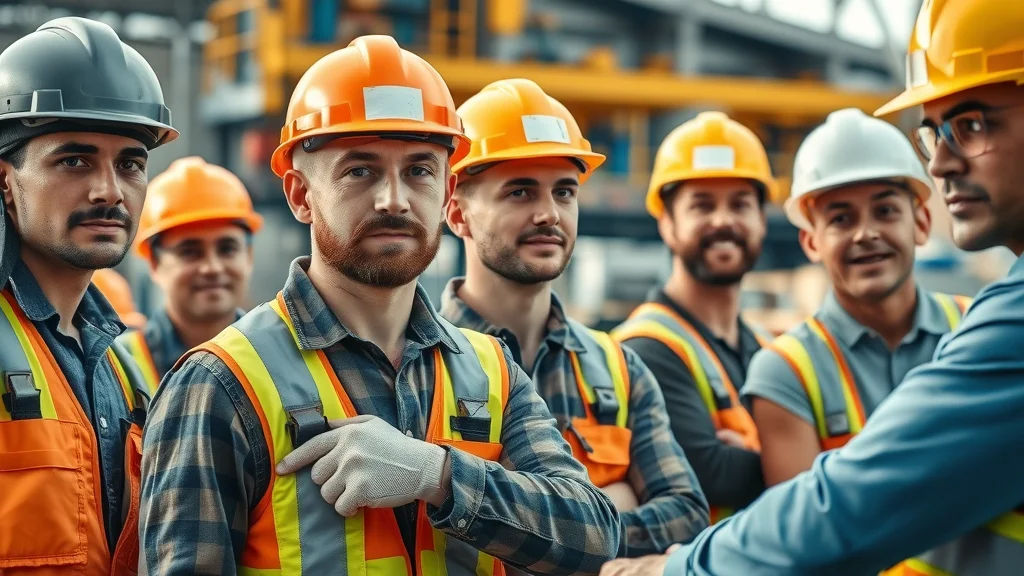
What You’ll Learn About Safety Helmets
Key features that distinguish high-quality safety helmets and hard hats
Types of safety helmets (including full brim, Type 1, and Type 2)
Current safety standards and OSHA guidelines for head protection
How to properly fit a safety helmet using the 2-2-2 rule
Overview of leading brands and innovative safety helmet systems
Understanding Safety Helmets: Essential Features for Head Protection
Understanding what separates a top-performing safety helmet from an average hard hat transforms your approach to worker protection. Superior safety helmets are designed with technology improving impact protection, user comfort, and compatibility with other safety system components—ensuring full compliance with occupational safety’s latest demands.
Modern industrial head protection incorporates features that extend well beyond the basic shell and suspension system found in traditional hard hats. Innovations like integrated eye and hearing protection, ergonomic harnesses, and lightweight construction set the new industry standard for head protection. Let’s explore these features and what makes them vital for anyone working in a challenging environment.
Safety Helmet Design: Full Brim vs. Hard Hat
The evolution from classic hard hat styles to full brim and advanced safety helmet designs has revolutionized head protection. Full brim safety helmets offer expanded coverage around the head, especially the neck and ears, providing essential shield against sun, rain, debris, and falling objects. This added protection is crucial for construction and utility workers frequently exposed to changing outdoor conditions.
Hard hats, by contrast, often fit a narrower profile and focus primarily on top-of-head impact protection. While they meet basic safety standards (like ANSI Type I), they may fall short in environments with lateral impact hazards. Modern safety helmets, especially those rated as ANSI Type II, deliver comprehensive coverage for both top and side impacts—making them the safer choice for a broader range of jobsites and industrial head protection scenarios.
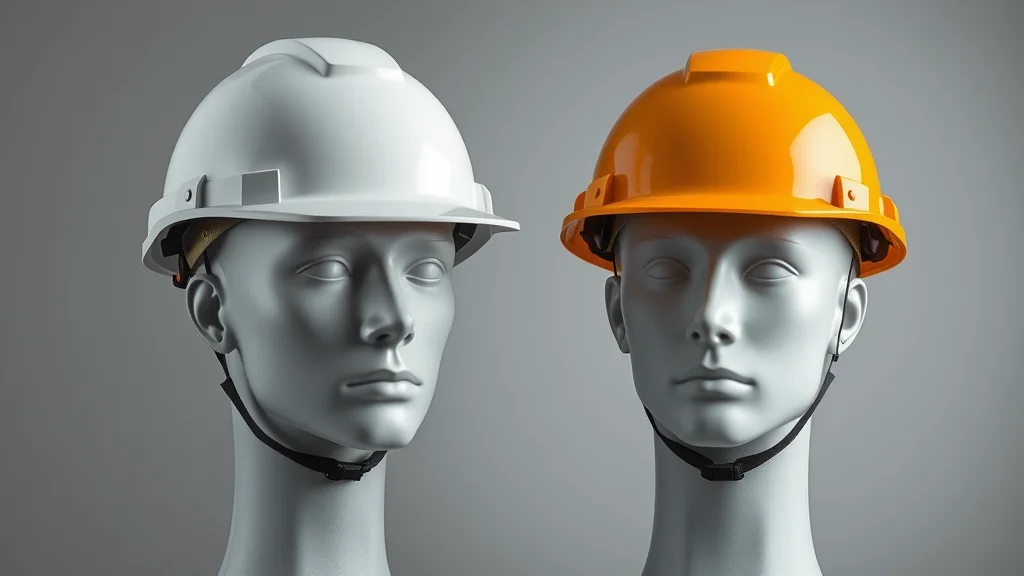
Key Head Protection Features in Modern Safety Helmets
When choosing a safety helmet, it’s vital to examine crash-tested features. Contemporary models include advanced suspension systems for energy dispersion, effective chin straps to keep helmets securely in place during a fall or sudden movement, and ventilation channels that balance protection with comfort during long work shifts.
Additionally, many helmets now feature sweatband integration, high-visibility elements for low-light work environments, and compatibility with earmuffs, face shields, or communication devices. These functionalities contribute to a safer, more adaptable job site, ensuring that your helmet investment provides long-term value and worker satisfaction.
Safety System Compatibility: Integrated Hearing and Eye Protection
Working on an industrial or construction site often exposes workers to multiple hazards—loud noises, flying particles, or chemical splashes. Selecting a safety helmet with modular attachment systems enables seamless integration of earmuffs and face shields, forming a complete safety system for head, ear, and eye protection.
This compatibility reduces the risk of improper or inconsistent PPE use, streamlines worker training, and increases overall safety compliance. For sites requiring advanced respiratory or communication solutions, look for helmets with purpose-designed slots and rails—a must-have for challenging environments demanding multi-layer protection.
Types of Safety Helmets and Hard Hats: Which One Is Right for You?
Not all safety helmets are created equal. With varied designs suited for different environments and hazards, understanding their distinctions ensures each worker receives the ideal head protection. Selecting between full brim, Type 1, Type 2, and specialty hard hats depends on how and where they’ll be used, alongside compliance with specific safety standards.
Careful consideration of environmental factors—such as falling object risks, electrical exposure, and chemical splash potential—is key when choosing a helmet for your work environment. The right decision keeps safety at the forefront and positions your operation as a leader in occupational safety and health.
Type 1 vs. Type 2 Safety Helmet: Core Differences and Safety Standards
One of the most critical decisions involves knowing the difference between Type 1 and Type 2 safety helmet ratings. Type 1 helmets (ANSI standard) are designed to provide top-only impact protection—a necessity for job sites primarily threatened by overhead hazards. Type 2 safety helmets, on the other hand, offer protection from both vertical and lateral impacts, making them the gold standard for construction, demolition, and roadside work with heightened risks.
Many industries now recommend or require Type II (ANSI Type II) helmets, calling for a thorough review of your current inventory and training protocols. Staying compliant with these evolving safety standards is vital not just for worker protection, but for legal and insurance reasons as well.
Full Brim Safety Helmets vs. Standard Hard Hats
Full brim safety helmets extend coverage to the neck, face, and sides, offering critical extras such as sun and splash protection—essential for outdoor or heavy industrial jobs. While these models often come at a higher price point than standard hard hats, they reduce long-term costs associated with sun exposure, weather, and side impacts.
Standard hard hats remain widely used due to their simplicity and cost-effectiveness. However, understanding their limitations—particularly regarding lateral impact and system compatibility for add-on protection—is crucial before deployment on challenging or high-risk worksites.
When to Choose Advanced Safety Helmets for Maximum Head Protection
Advanced safety helmets with features like integrated face shields, earmuffs, and adjustment systems excel in environments where multi-hazard threats exist. For work environments that include electrical risk, chemical exposure, or frequent falling objects, these innovative helmets are indispensable. They embody the concept of additional protection—built to handle the demands of a modern, fast-paced jobsite.
Choosing these helmets signals a commitment to best practices, protecting workers from the cumulative risks associated with subpar equipment or outdated designs. If your workplace involves frequent exposure to unpredictable hazards, prioritizing advanced head protection is non-negotiable for both safety compliance and business reputation.
Safety Standards and OSHA Requirements for Safety Helmets
Adhering to OSHA and ANSI safety standards is mandatory for employers. These standards ensure consistent, reliable protection for workers and reduce exposure to costly regulatory violations. It is crucial that your helmets—whether full brim, hard hats, or advanced safety helmets—carry the required certifications and are regularly inspected for compliance.
Organizations must remain vigilant in tracking updates to head protection regulations, as recent changes have placed renewed emphasis on Type II protection and compatibility with broader safety systems. Maintaining compliance protects not only your team, but also the operational and financial viability of your organization.
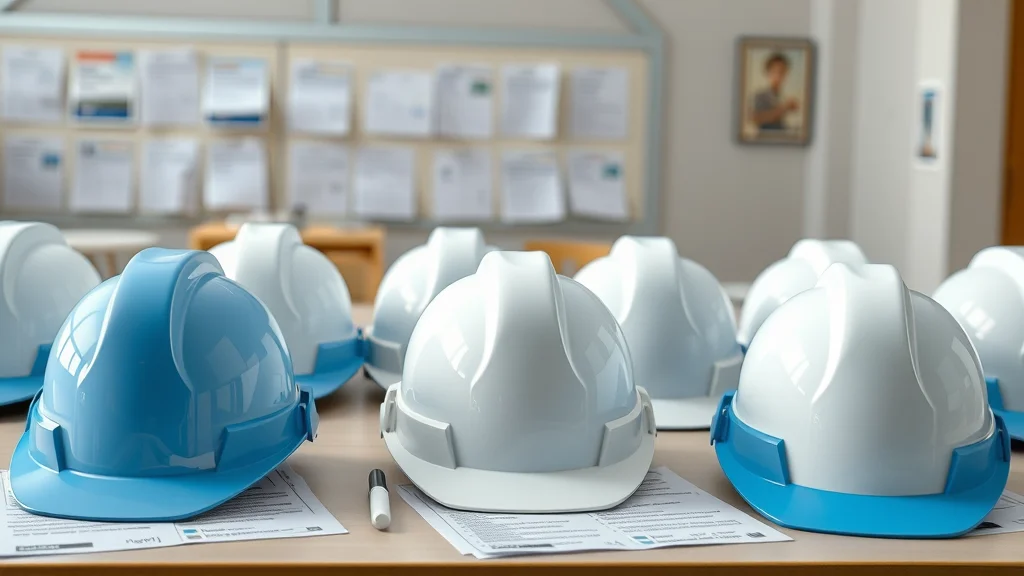
Does OSHA Require Safety Helmets for Head Protection?
Yes—OSHA mandates that employers provide suitable head protection for workers at risk of injury from falling objects, impact, or hazardous substances. The specific standards are outlined in OSHA 29 CFR 1910.135 for general industry and 1926.100 for construction. Employers must supply safety helmets or hard hats that are approved by ANSI and meet the demands of their unique work environment. Failing to do so exposes your organization to substantial fines and, more importantly, threatens employee safety.
Safety Helmet Certifications: ANSI, CSA, and EN Standards
Certain jobsites may require compliance with additional standards, such as CSA (Canadian Standards Association) or EN (European Norms), in addition to ANSI. Certified helmets carry markings on or inside the shell indicating which safety standard they meet, including ANSI/ISEA Z89.1, CSA Z94.1, or EN 397, among others. Always verify that your helmets match the criteria for your industry and region, as using the wrong type may invalidate insurance coverage or legal compliance.
How to Stay Updated with Changing Safety Standards
The occupational safety landscape evolves rapidly with the introduction of new materials, manufacturing techniques, and research on head protection. To stay compliant—and ahead—employers should subscribe to updates from OSHA, ANSI, and safety equipment suppliers. Periodic review of internal practices, regular product inspections, and ongoing worker training are all vital steps in maintaining up-to-date safety systems.
Utilizing manufacturer resources, trade associations, and direct consultation with certified safety specialists are the most reliable ways to ensure ongoing compliance as standards shift and improve.
Proper Fitting and Wearing Techniques for Safety Helmets
Even the most advanced safety helmet can fail if not fitted and worn correctly. Poorly adjusted helmets slip, fall off, or fail to protect in a critical moment. Supervisors and safety trainers must ensure all team members understand correct donning, adjusting, and maintenance procedures for their specific hard hat or helmet model.
Proper fit isn’t just about comfort—it’s about maximizing impact protection and compliance with ANSI or CSA standards. The right fit makes a dramatic difference in real-world protection and long-term wearer compliance.

The 2-2-2 Rule for Perfect Safety Helmet Fit
The 2-2-2 rule is essential to guaranteeing an ideal helmet fit. This technique involves: (1) Ensuring the brim of the helmet rests about 2 fingers above the eyebrows, (2) confirming the helmet sits snugly, allowing no more than 2 fingers gap between the side of the head and the helmet, and (3) making sure the chin strap—if used—fits comfortably, with enough space to slide 2 fingers underneath.
Consistently applying the 2-2-2 rule minimizes risk of slippage or dislodgment, delivering optimal head protection across changing tasks and environments. Ongoing employee training is necessary to reinforce proper fitting habits and reduce accidental non-compliance.
Adjusting Suspension and Harness Systems for Comfort
Modern safety helmets use advanced suspension systems and adjustable harnesses to maximize user comfort. These systems spread the helmet’s weight evenly, lessen pressure points, and ensure stability even during active work.
It’s vital to regularly inspect suspension components for wear, cracks, or improper alignment. Adjust harnesses to fit snugly—without causing discomfort—that way, helmets stay secure throughout the workday, ensuring full compliance and consistent impact performance in the event of an accident.
Common Mistakes When Wearing Safety Helmets
Despite clear protocols, workers often make errors—including wearing helmets backwards, failing to secure chin straps, or using outdated or damaged helmets. Other frequent lapses include neglecting to adjust harness sizes for winter or summer (when head size varies due to gear), and missing leaks or cracks during routine inspection.
These mistakes severely compromise head protection, rendering even the best gear ineffective. Regular training—supported by visual reminders and supervisor spot-checks—reduces the risk of these common but costly errors.
Evaluating Safety Helmet Brands: Trusted Names for Head Protection
The best safety helmets are engineered and tested by brands with deep experience in industrial head protection. Reputation counts—in quality, reliability, and long-term service.
When comparing brands, consider the scope of their safety testing, range of available options (Type I vs. Type II, full brim vs. standard, modularity), warranty offers, and customer support. Choosing a trusted brand provides peace of mind and streamlines future employee training and equipment upgrades.
What Is the Safest Brand of Helmets?
While brand rankings can shift with innovations, North American leaders in safety helmets include MSA, Honeywell (Fibre-Metal), Bullard, 3M, and JSP. These manufacturers are certified to ANSI/ISEA and provide comprehensive support for industrial, construction, and utility job sites. They also offer models with advanced impact protection, ventilation, and integrated PPE systems.
Opting for leading brands ensures reliable customer service, broader training resources, and faster access to repair or warranty support in demanding environments.
Top-Rated Full Brim and Hard Hat Manufacturers
Brands like MSA, Bullard, and JSP are often cited for their outstanding full brim safety helmets and rugged ANSI Type II hard hats. Their products are favored on U.S. and Canadian job sites for durable materials, comfort, and broad compatibility with face shields and hearing protection.
For challenging or hazardous work environments, choosing from these brands can mean the difference between full-coverage safety and unnecessary vulnerability. Their wide range of models ensures you will find a helmet optimally suited for your specific job demands.
User Reviews and Real-World Experiences
User feedback sheds valuable light on field performance. Across construction, utility, and heavy industry forums, workers praise modern safety helmet systems for comfort—thanks to soft harnesses and padded suspensions—and their ability to stay securely in place during strenuous activity. Leading brands also receive high marks for customer service, product longevity, and ease of replacement parts.
Choosing a brand with proven real-world results builds trust, shortens onboarding, and increases buy-in among staff exposed to daily hazards.
Comparing the Cost of Safety Helmets vs. the Price of Workplace Injuries
The upfront cost of top-tier safety helmets or hard hats may cause hesitation, but the comparative price of a workplace injury—measured in medical costs, fines, and lost productivity—is staggeringly higher. This section provides the cost-benefit context that underscores why investing in the best possible head protection always pays off.
Workplace statistics confirm that the average head injury costs more than $80,000 in direct and indirect expenses. In contrast, even the most advanced full brim safety helmets or modular Type II helmets typically range from $60 to $150 per unit—a fraction of what a single incident could cost your organization.
Table: Safety Helmet Price Comparison Among Leading Brands
Brand |
Type |
Safety Standard |
Approx. Price (USD) |
|---|---|---|---|
MSA |
Full Brim, Type II |
ANSI Z89.1, CSA Z94.1 |
$110 - $145 |
Bullard |
Standard, Full Brim |
ANSI Z89.1 |
$85 - $120 |
Honeywell Fibre-Metal |
Type I, Type II |
ANSI Z89.1, EN 397 |
$68 - $130 |
JSP |
Modular, Full Brim |
ANSI Z89.1 |
$90 - $155 |
3M |
Type I, Standard |
ANSI Z89.1, CSA Z94.1 |
$60 - $115 |
Cost of Non-Compliance: Injuries, Penalties, and Downtime
Choosing to save a small amount upfront by opting for inferior or outdated head protection is a short-sighted move. When accidents occur, the costs quickly spiral out of control: direct medical fees, OSHA fines, increased insurance premiums, legal expenses, lost time, and even the loss of skilled workers.
Regulatory penalties for non-compliance, including OSHA fines, can run tens of thousands of dollars per incident. In severe cases, criminal charges or business closure are not out of the question. Secure, quality safety helmets are a fraction of the cost of these avoidable consequences.

Ensuring Safety System Integration with Modern Safety Helmets
For optimal protection and efficiency, safety helmets must integrate with your complete safety system. Today’s best helmets are engineered for quick, secure compatibility with respiratory masks, noise protection, and face shields, forming holistic industrial head protection solutions.
Before purchasing, consult with a safety specialist to ensure your chosen helmets fully support the add-ons and accessories needed for your job or industry. This maximizes protection, streamlines system management, and future-proofs your investment against evolving regulations.
How to Pair Safety Helmets with Respiratory, Hearing, and Eye Protection
Integrated helmet designs allow rapid attachment of earmuffs, visors, or respirators, reducing gaps in coverage that can occur with separate PPE. Modular rails and snap-on hardware are now standard features for high-quality helmets. Proper pairing ensures not just regulatory compliance, but significant protection against the layered risks found in hazardous work environments.
Spend time training workers on correct donning and removal techniques for these systems, as incorrect use can reduce effectiveness. Consistent system checks and repairs keep your safety system reliable and ready for every shift.
Advances in Modular Safety Helmet Systems
The latest innovation in safety helmets is modularity—systems designed to accept a variety of interchangeable protection modules. These advances allow teams to quickly swap between accessories, adapting helmet configurations to the demands of a particular work environment and hazard profile.
This flexibility reduces PPE waste, streamlines procurement, and ensures workers have additional protection exactly when and where it’s needed most. Choosing a modular system is a proactive step toward future-ready head protection.
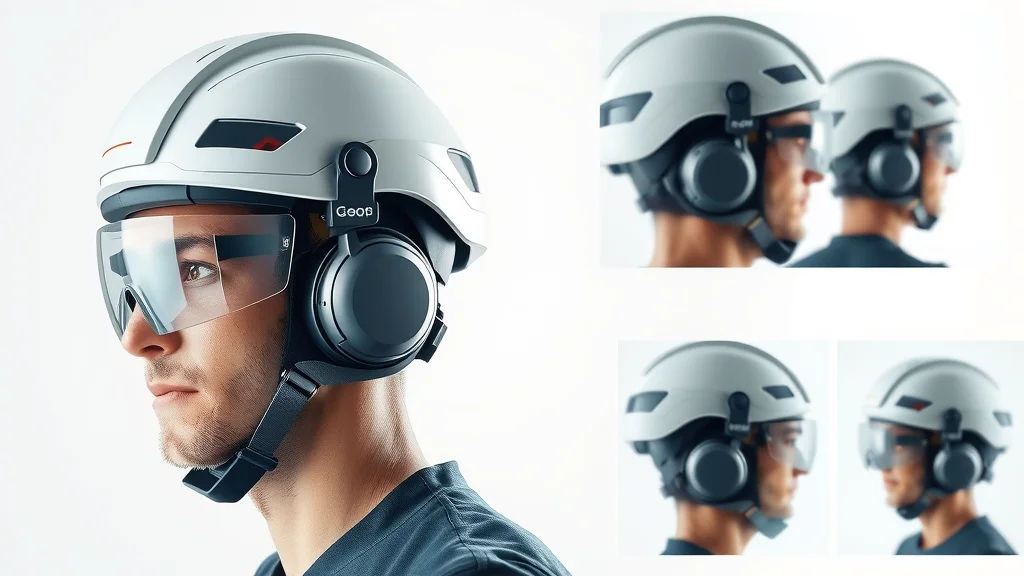
Common Mistakes to Avoid When Selecting Safety Helmets
Overlooking updated safety standards for head protection – Always ensure your helmets meet current OSHA and ANSI requirements, such as the latest ANSI Type II or CSA upgrades.
Ignoring the differences between full brim, hard hat, and safety helmet varieties – Choose the type best suited for your work environment and hazards present.
Choosing price over quality when selecting head protection – Low-cost headgear often lacks durability, comfort, and adequate impact protection.
Improper helmet fitting and lack of employee training – Poorly fitted helmets can fail in critical moments; train every worker on correct fitting using the 2-2-2 rule.
Neglecting safety system compatibility with other PPE – Your helmet should pair seamlessly with hearing, respiratory, and eye protection for comprehensive coverage.
Expert Insights on Safety Helmet Selection
"Choosing the right safety helmet isn't just about compliance—it’s a critical investment in your workers’ well-being and your organization’s future." — Safety Compliance Specialist
Recent Innovations in Safety Helmets for Enhanced Head Protection
Smart Safety Helmets with Built-in Sensors
Tech-enabled safety helmets now feature sensors monitoring impact force, exposure to heat, and even worker location. These smart systems alert supervisors to incidents in real time, enhance emergency response, and support predictive safety analytics—raising the bar for proactive industrial head protection.
Though initially more expensive, smart helmets are rapidly becoming a cornerstone of advanced jobsite safety strategies, driving down incident rates and enabling data-driven decision-making for safety managers.
Lightweight Materials and Ergonomic Designs
Recent advances have produced head protection built from high-strength polycarbonate or composite materials, reducing helmet weight without compromising on impact resistance. Ergonomic harness systems, breathable liners, and optimized weight distribution have dramatically boosted wearer comfort and compliance, making it easier for teams to wear helmets properly throughout extended shifts.
These refinement in design help reduce common complaints about discomfort or fatigue—and are quickly becoming standard across leading helmet brands.
Customization Options for Special Environments
Modern manufacturers now offer customization for niche demands—high-visibility shells, specialty coatings for chemical resistance, reflective striping for nighttime work, or flame-retardant components for hazardous industries. Ensuring your safety helmet fits the challenges of your specific work environment maximizes both compliance and protection, no matter how demanding the job site.
Custom branding and color-coding also help foster team recognition and compliance within large organizations, supporting both safety and operational cohesion.
Frequently Asked Questions About Safety Helmets
Does OSHA require safety helmets?
Yes. OSHA requires employers to provide suitable safety helmets or hard hats for any worker exposed to head injury hazards. Helmets must meet ANSI Z89.1 standards and be appropriate for specific risks (such as electrical, impact, or chemical hazards). Non-compliance can result in significant penalties and unsafe working conditions.
What is the 2 2 2 rule when fitting a helmet on your head?
The 2-2-2 rule for helmet fitting means: (1) The helmet’s brim should rest about 2 fingers above your eyebrows, (2) the gap between the helmet and your head should allow no more than 2 fingers’ width at the side, and (3) the chin strap should fit snugly, permitting 2 fingers to pass underneath. Following this rule maximizes both comfort and head protection.
What is the safest brand of helmets?
Market leaders such as MSA, Bullard, JSP, Honeywell Fibre-Metal, and 3M are recognized for delivering the most reliable safety helmets, compliant with national and international safety standards, and widely recommended for industrial head protection and challenging work environments.
What is the difference between type 1 and type 2 safety helmet?
Type 1 helmets protect against impacts to the top of the head only, making them suitable where overhead hazards are the main concern. Type 2 helmets offer both top and side impact protection, essential for worksites with risk of lateral impacts, falls, or moving equipment. Always select the type that matches the hazards present at your job site.
Key Takeaways for Choosing Safety Helmets
Investing in high-quality safety helmets saves lives and reduces liability.
Always follow the latest safety standards and OSHA regulations.
Ensure your safety helmet fits properly using the 2-2-2 rule.
Prioritize compatibility with your overall safety system.
Stay informed about new technologies in head protection.
Ready to Upgrade Your Head Protection?
Give us a call at (800) 433-9819 or visit our website at calsafetysolution.com for the safety helmets expert guidance.
Conclusion
Don’t take chances when it comes to head protection—choose safety helmets that meet modern standards, fit properly, and integrate with your complete safety system. The right choice today ensures your legal compliance, protects lives, and secures your organization’s future.
 Add Row
Add Row  Add
Add 

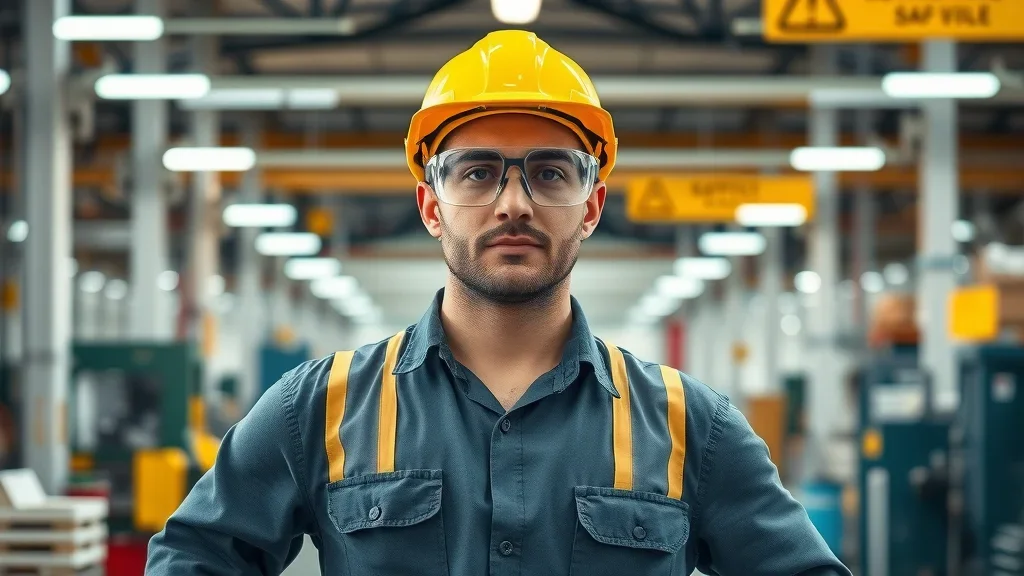
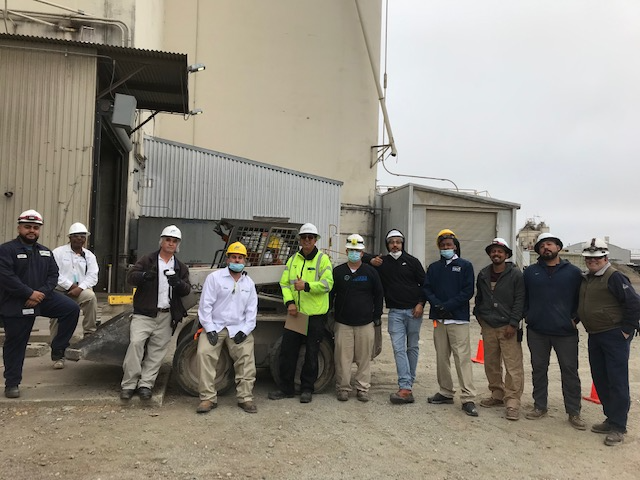

Write A Comment